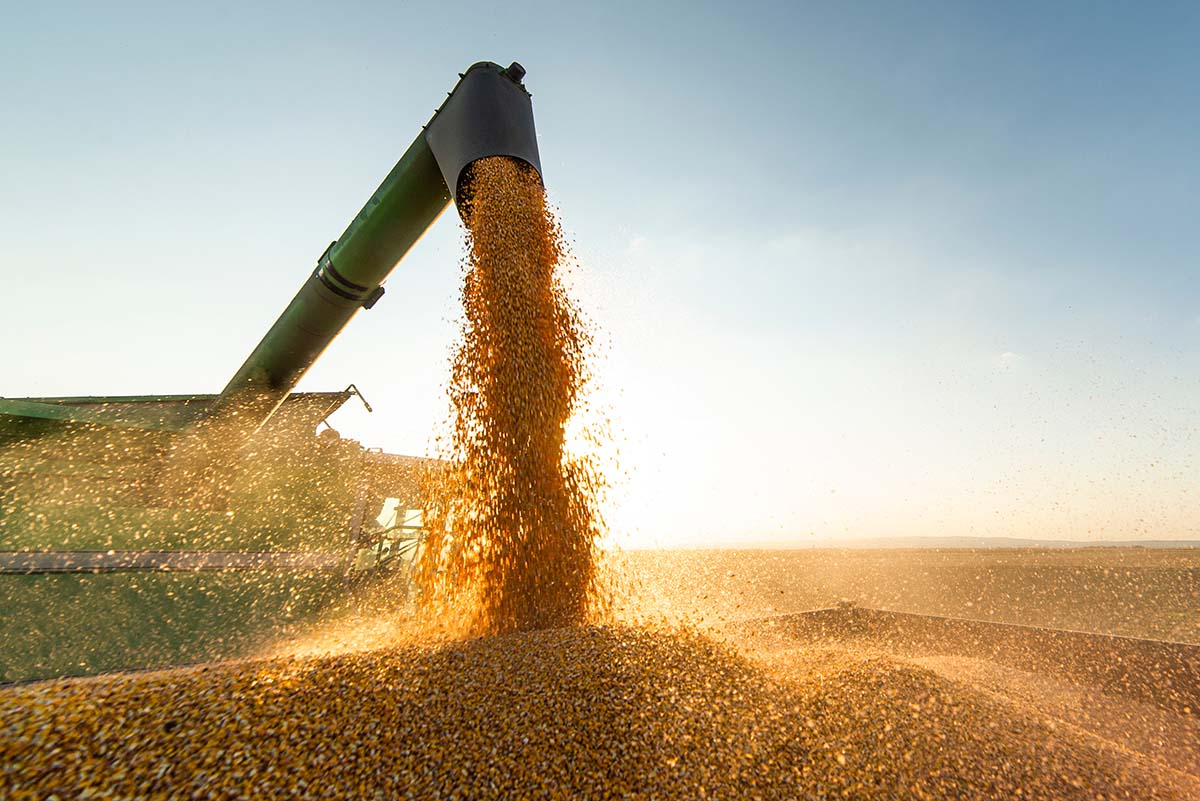Food supply globally is facing extreme uncertainty, causing food prices across the globe to fluctuate. Higher food prices will increase inflation in richer countries. However, lower-income countries will face significant risks of hunger. Global price inflation accompanied by the inability to access food essentials has aggravated the crisis facing lower-income countries, threatening millions with the prospects of famine.
As food insecurity becomes an urgent issue, let’s take a closer look at recent disruptions in the global food supply. Grain and rice are just two of many household staples that are witnessing a decrease in supply and access.
Grain
The International Monetary Fund is forecasting a 10 to 15 percent increase in grain prices following Russia’s cancellation of the Black Sea Grain Initiative. Just last week, Russian President Vladimir Putin terminated a deal that allows Ukraine to use the Black Sea to export. The scrapping of the very important grain deal has sparked criticism, as the initiative was put in place, only last year, to ensure an adequate supply of grain for the world. Ukraine, which is one of the world’s top suppliers of grain and vegetable oil, is very reliant on the Black Sea as a key trade route. The United Nations estimates that the Russia-Ukraine conflict could push up to 49 million people into famine.
Read more: Short and long-term solutions needed to combat MENA’s food insecurity challenges
Rice
At the end of July, India announced that they would be banning the export of non-Basmati white rice in order to keep its food reserves intact. India, which produces more than 40 percent of the world’s rice exports, often imposes export control measures during periods of inflation in global prices. Currently, the move was made due to concerns over the threat of disruptions caused by the El Niño weather event. El Niño is a climate event that causes heavy rainfall and droughts in parts of the world. These events exacerbate fears of potential crop damage and an upward trajectory of prices in the global rice market. Following the news of the ban, rice prices in neighboring Nepal shot up almost immediately.
Grain and rice aren’t the only commodities decreasing in supply. Arid land is effecting the harvest of small-scale farmers across the globe.
Land
The effect of climate change is only making adequate farming lands harder to access. Extreme weather conditions and heat waves are making it harder for farmers’ capacity to grow crops. Droughts and wildfires are devastating large numbers of crops, and leaving soil charred. Just last year, a McKinsey and Company report stated that climate change will make around 450,000 square kilometers of farmland in India unusable. The UN reports that more than 40 percent of the world’s land is already degraded.
For more news on the world, click here.








